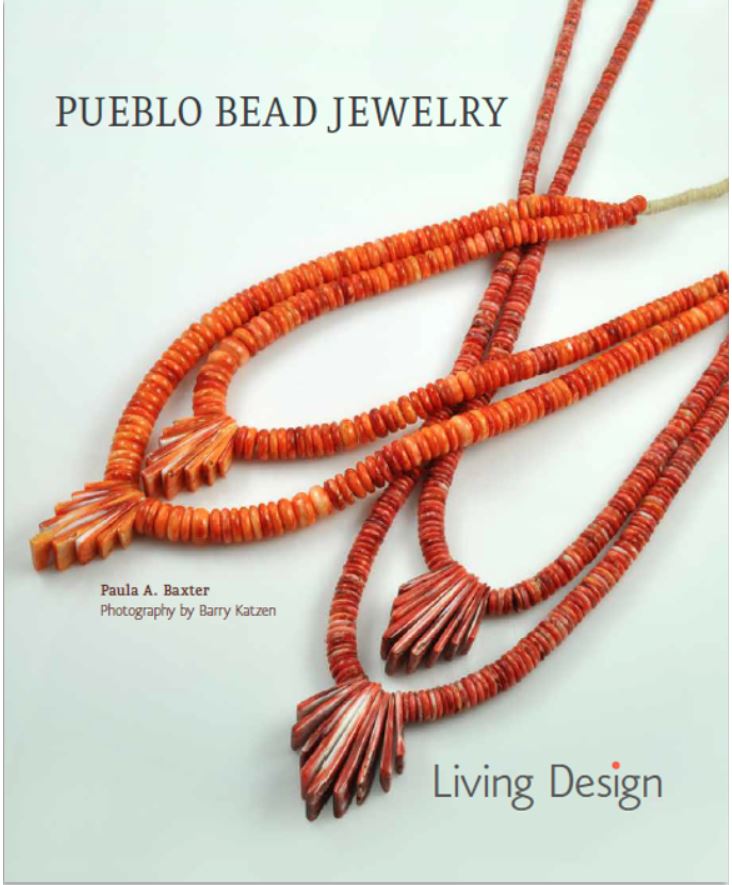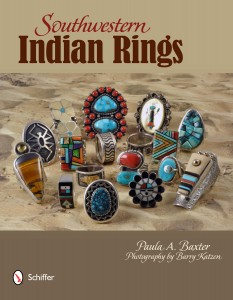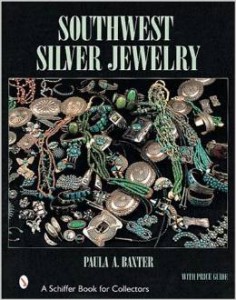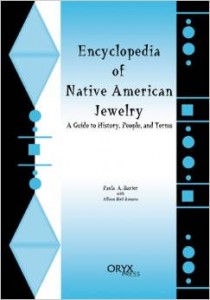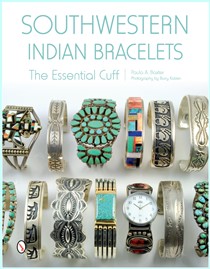Birds have many kinds of meanings and significance to the Native peoples of the Southwest. Sometimes a bird like the owl means different things depending on who is viewing it: Pueblo folks may view an owl as a protective being, while the Navajo see this bird as a harbinger of death. Birds have had a long history in Native designs, serving as messengers or intermediaries with the supernatural world. Their feathers have ceremonial significance.
Fact: Some supernatural birds, like the rain bird and the thunderbird, are symbolic in their own right.
Bezels can show evidence of metalworking talent. Early Native-made rings often had bezels made with sawtooth edges, and the results were clean and symmetrical in finish. Small stonework often calls for a thinner, often serrated bezel made with a checked file. Pre-1900 bezel mounts were heavier, changing over with better finishing. Commercial bezels appeared in the 1920s; pre-cut bezel strips on a roll can now be bought at supply houses, usually made from 28-gauge silver.
Fact: Native-made bezels often rise high so that the stone setting is flush with, or rises only slightly above, the lip.
The Bezel is a key component of a well-made piece of jewelry. A bezel is the metal part that holds a stone in its setting. A bezel is usually a metallic vertical box or rim into which the stone can be mounted and tamped into place; some Native makers call this a “housing.” The bezel can be a thin collar or lip (flange) of metal fitted to the stone and then soldered.
Fact: Jewelers often use 26-gauge silver or gold to make a bezel.
Metal Bench Beads can be handmade or shaped by machine and then finished by hand. Because the making of wholly handmade silver beads is very laborious, silversmiths have, since the mid-twentieth century, created bench beads by using a hydraulic press for the punching and doming of silver bead halves (usually cut from sheet silver).
Fact: Bench beads can be recognized by an apparent “shoulder,” or dip, on each half where the curve irregularly tails off to the seam at the center of the bead.
Bears have always been a symbol of potency, but those in the business of promoting “Indian Symbols” use bears to denote inner strength. Fetish carvers do well by turning out handsome bears in all manner of shapes and stones.
Fact: Fetish bears in white are supposed to be particularly good for healing.
The Bear Paw or Claw is less valued as adornment today than it was in the mid-twentieth century. I suspect our better evolved sense of respect for wild animals (at least in principle and maybe not in fact) has moved us away from utilizing bear claws on belt buckles, necklace or watch bracelets. Some Native artists render stylized silver facsimiles of the claw. This form of ornament was most popular in the 1960s and 1970s and appears somewhat quaintly dated when we run across vintage pieces.
Fact: A clan emblem and frequently used hallmark on Southwestern Indian-made jewelry, the bear paw or claw also lends itself to interval or repetitive motifs for design patterns.
With the Bear so important a figural motif, the animal is rendered in a variety of modes. Bear-claw necklaces are one example of a prized form of jewelry, particularly among Plains and Southwestern groups. Use of the bear as a pendant form is also popular; the animal is usually depicted in full profile or some sort of outline shape.
Fact: Zuni jeweler Carlton Jamon is known for making a delightful hollow-form bear figure for necklaces and pendants.
When it comes to animals of great power and significance, there can be no denying the force of the Bear. He/she is a guardian animal of the four directions, a clan symbol, and plays many roles in Native tales and legends. The bear possesses numerous spiritual qualities and is meant to be approached with respect. Important oral traditions, rituals, and taboos are associated with the hunting, eating, and evocation of bears.
Fact: Many cultural groups, ranging from the Eastern Algonquians to peoples of the Northwest Coast, have bear societies.
I cannot underline the issue of Natives in control of their design often enough. The 21st century has begun in earnest and certain myths about American Indians need to be buried in the past. Beadwork remains a refreshing reminder of this principle. The National Museum of the American Indian (NMAI) and its staff understand this well, too. In recent years, they have shown the world the astounding artistry of such bead artists as Dorothy Little Elk and Joyce Growing Thunder Fogarty.
Fact: While they may not be Southwestern Natives, these artists have had a strong impact on that region, and aspiring bead artists from many tribes flock to the Heard and Santa Fe Indian Markets.
This week we are in Phoenix — the Heard Guild Fair is this weekend, March 7 and 8. If you are anywhere near the Valley of the Sun and are interested in Native American arts and culture, definitely plan to attend. More than 600 American Indian artists will be there, from all around the country. Plus there’s music, dance performances, and craft demonstrations.
On Saturday we’ll be signing advance copies of our newest book, Southwestern Indian Bracelets: The Essential Cuff, near the Museum Bookstore.
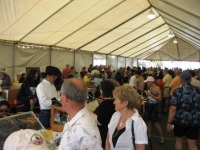 Inside one of the exhibition tents.
Inside one of the exhibition tents.
